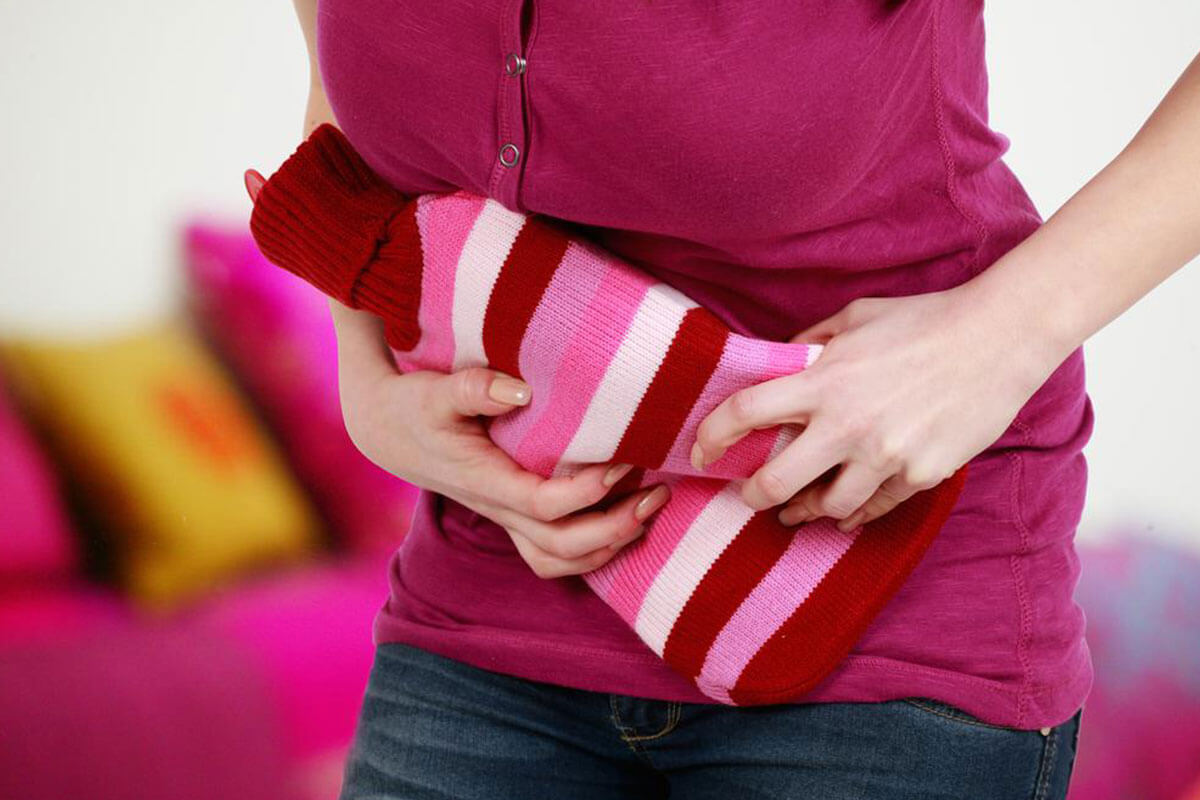Taking a Look at Different Types of Male Incontinence Products

Various research studies have shown that urinary incontinence or uncontrollable urination can be associated with 10 to 35 percent of older men. However, you cannot link this problem with older men alone. There are several younger men who have been suffering from this problem because of various types of health problems. It has been found that a lot of men with incontinence do show some reluctance to speak about the issue with their doctors. So the actual number of men suffering from this condition can be quite higher. The first step to solve urinary incontinence is to discuss the issue with the doctor. Then only, the doctor will be able to analyze the symptoms and decide the most effective treatment method.
Incontinence products for men
As mentioned above, urinary incontinence has become a common health problem for several men. A leaky bladder interferes with daily routine and it can cause a lot of inconveniences. In order to deal with this, there are different types of male incontinence products available in the market and these devices help men enhance their daily lives without getting bothered about leaks.
Let us take a look at the different types of male incontinence products
External catheters
External catheters are a very good option for dealing with a leaky bladder. They can be described as flexible tubes that are inserted into the bladder and these tubes offer immediate help by draining urine that is gathered in the bladder. Various manufacturers have come up with different types of catheters and you need to choose a device that fits your needs.
Pads and other absorbent products
Several men are using absorbent pads to handle the issue of incontinence. They line the underwear of the user for catching leaks. These types of devices are usually very effective and great ease of use can be associated with them. You can find them in different varieties in the market and like in the case of catheters; you must select the one that goes in complete harmony with your requirements.
Penile clamps or penile compression devices
Another popular option to help the affected deal with incontinence is the penile compression device. One of the remarkable aspects of these types of devices is that you can reuse them. As the name suggests, they are clamped onto the penis and when you want to urinate, these clamps can be unclamped.
Drainage bags
Drainage bags are primarily used for gathering urine from catheters or heaths and they offer immense help when you are traveling or being stranded at a location where a toilet is hard to find.
Urinals and other toilet substitutes
As the name clearly indicates, these types of devices are designed for the toilet if the affected person finds it hard to sit on the toilet in a comfortable way. Some people may feel uneasy or unsteady while sitting on the toilet. In the case of some other people, they find it difficult to clean themselves in a proper manner when they are done. These types of men incontinence products come really handy in such situations. Most common products that come under this category are bottom wipers, bidets, toilet raisers, urine directors, bedpans and handheld urinals and the most suitable one can be chosen according to your needs and preferences.
Sheaths
Sheaths are also very popular incontinence device. A sheath is pretty similar to a condom and you need to fit this device over the penis for gathering urine. It can also be attached to a baggy and the draining process can be done later.
Devices for penile retraction
Various manufacturers have come up with different types of penile retraction devices and several people are making use of them to handle the inconvenience associated with male incontinence. Devices for penile retractions are small baggies that cover the penis and they gather the urine to be drained later.
Body-worn urinals
Last but not the least; you can find body-worn urinals to address the discomforts involved with a leaky bladder. These devices contain a disposable bag and this bag is the one that collects the urine as it leaves the body. They are a good alternative to sheath systems that are disposable and the body-worn urinals are fitted onto underwear that is specially designed.
First of all, you need to decide as to which types of products meet your needs. There are many places where you can find male incontinence products. These products are available in the pharmacies and you can also find them in leading supermarkets. Medical supply stores also sell these products. If you cannot find time to go to a physical store to buy a device, you can depend on a reliable online medical supply store and online purchases can be really beneficial because most stores offer excellent discounts for their customers. You have to talk to your doctor first to choose the most suitable product.


